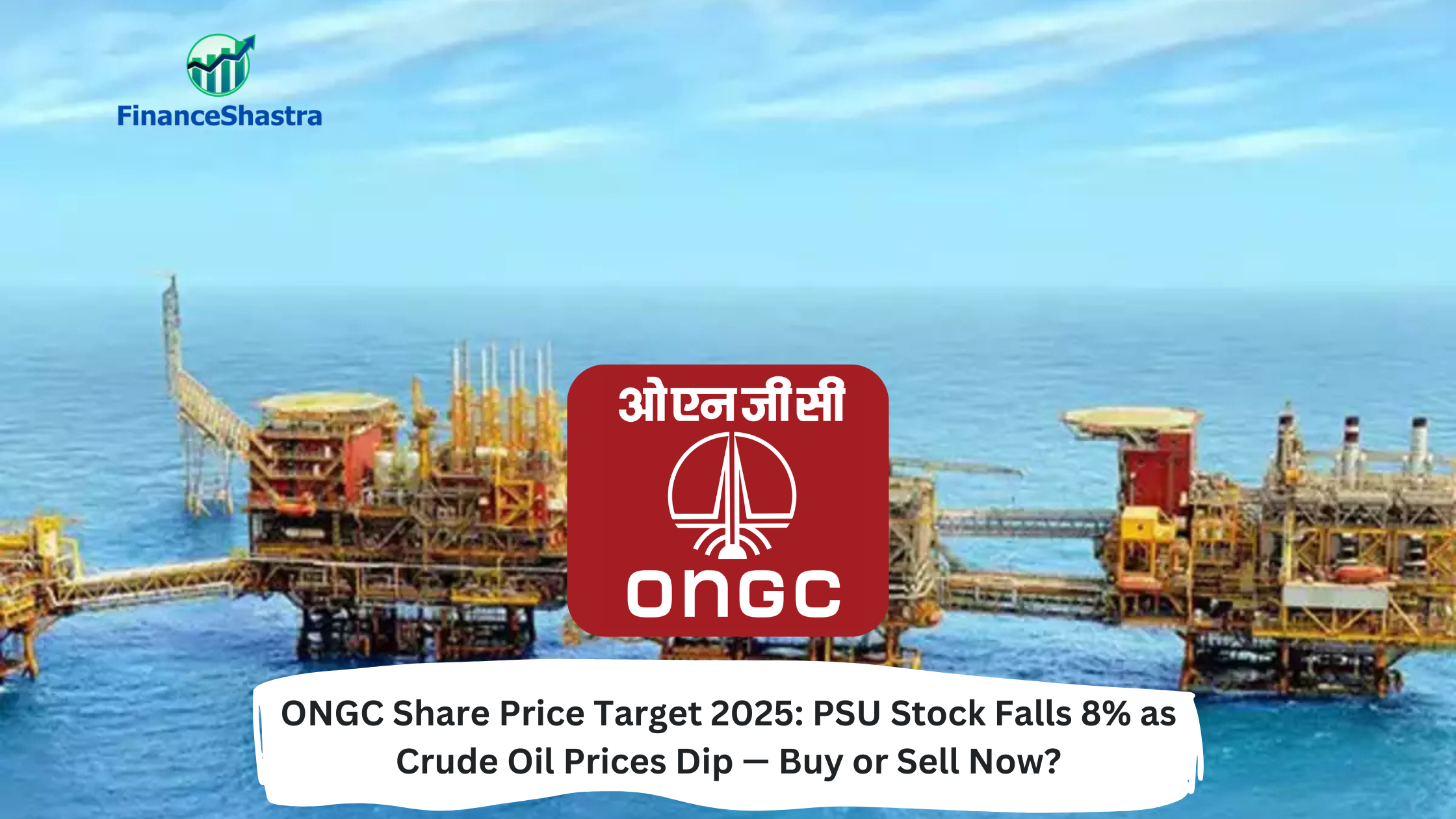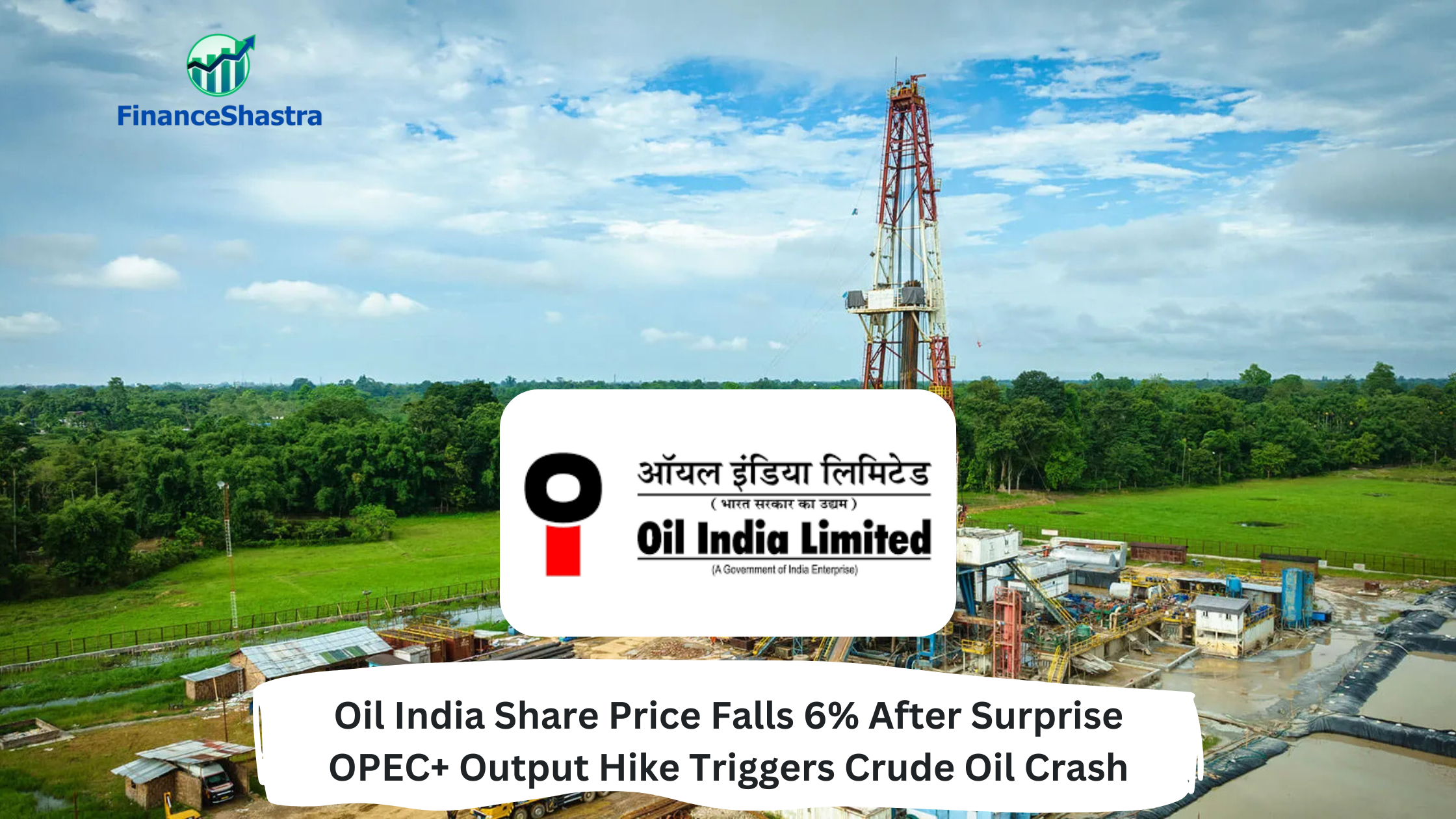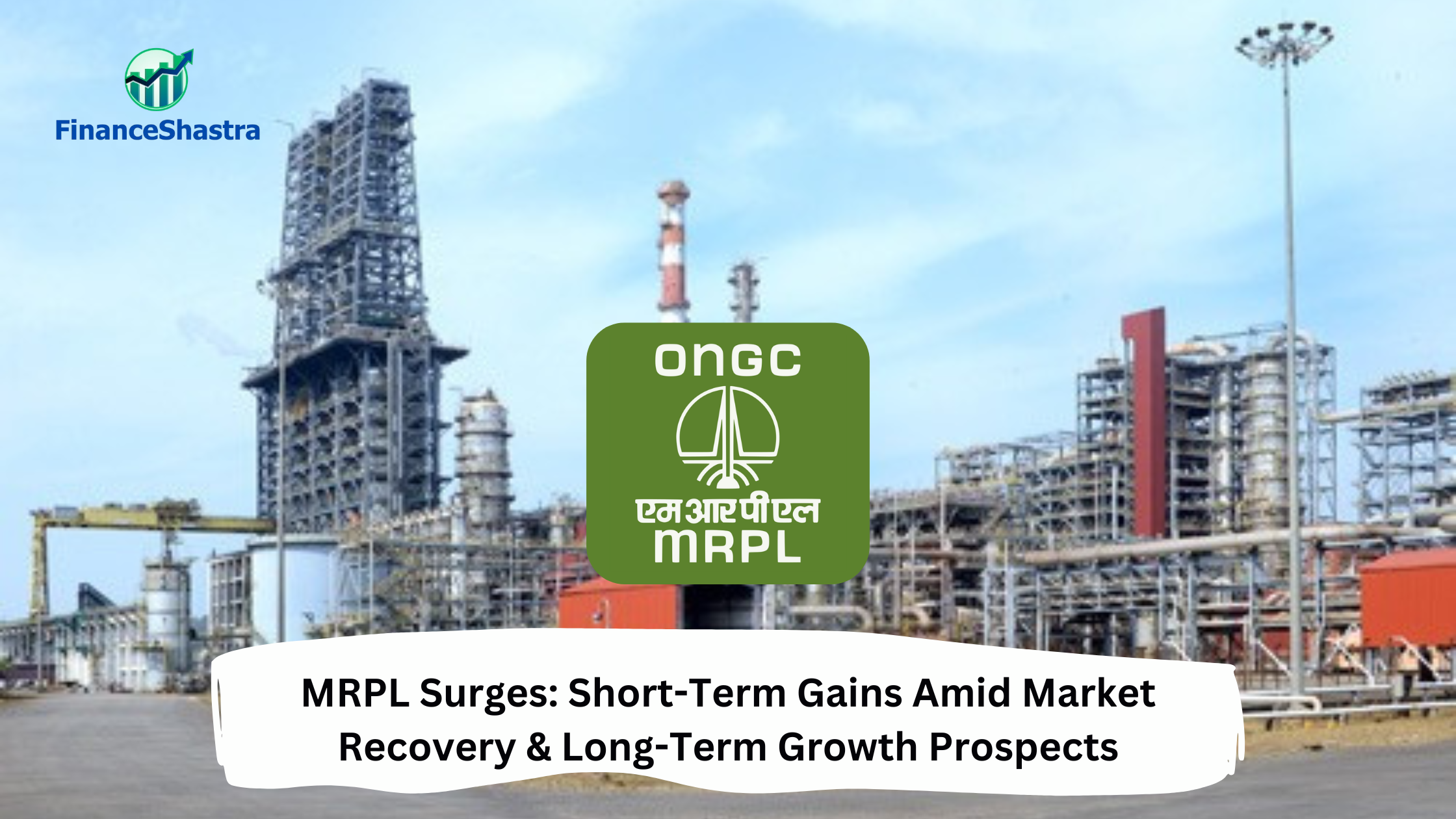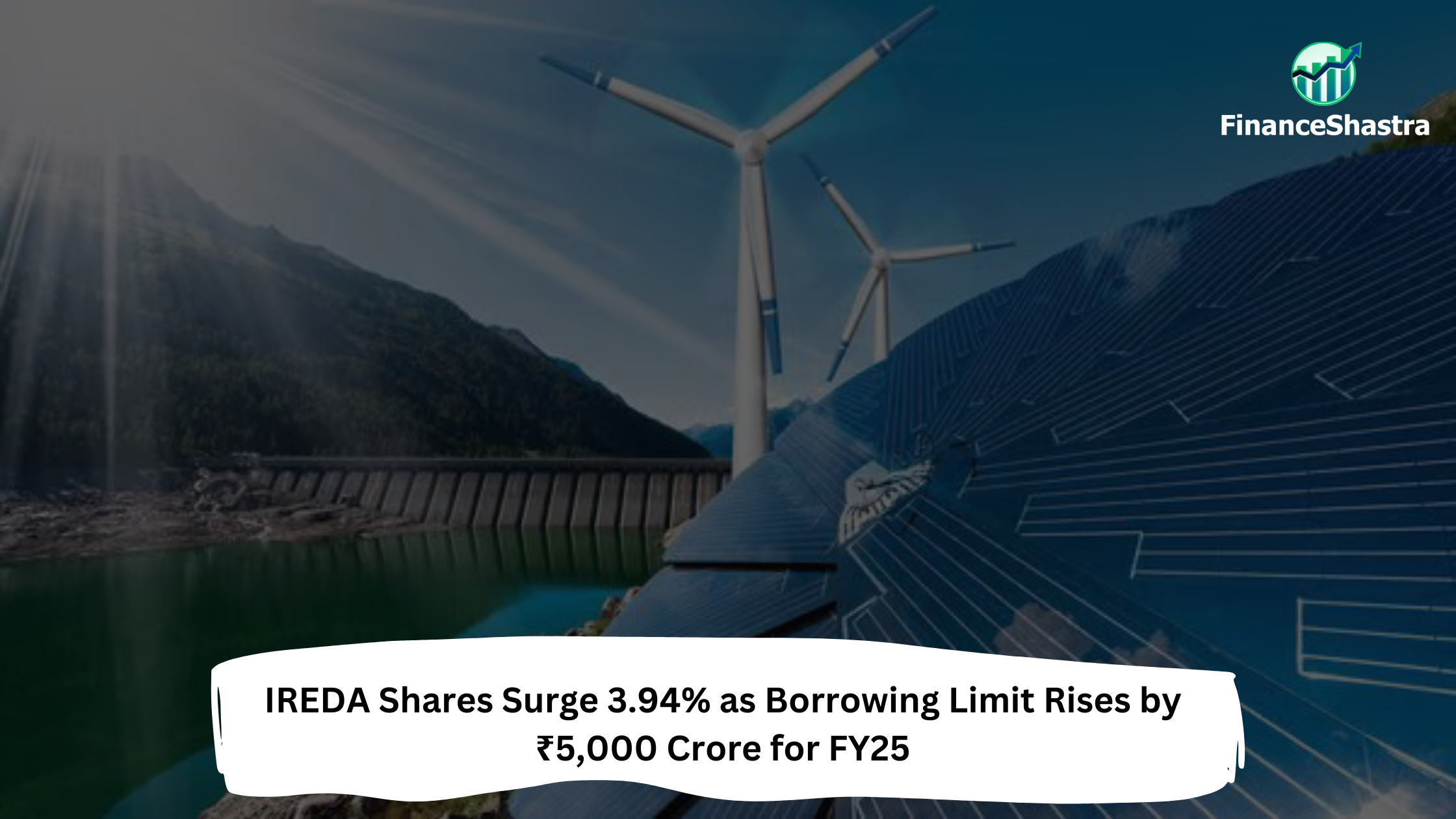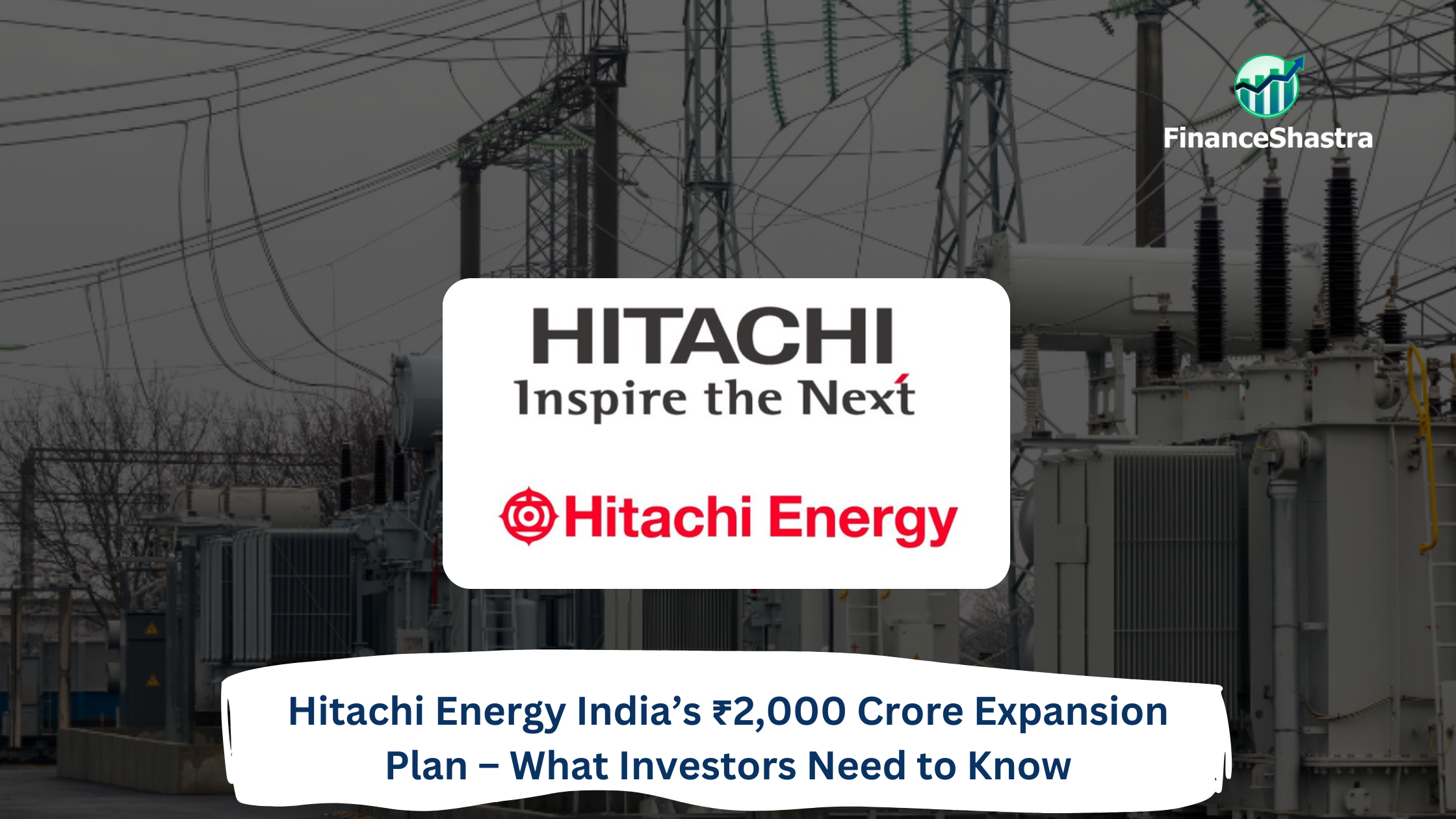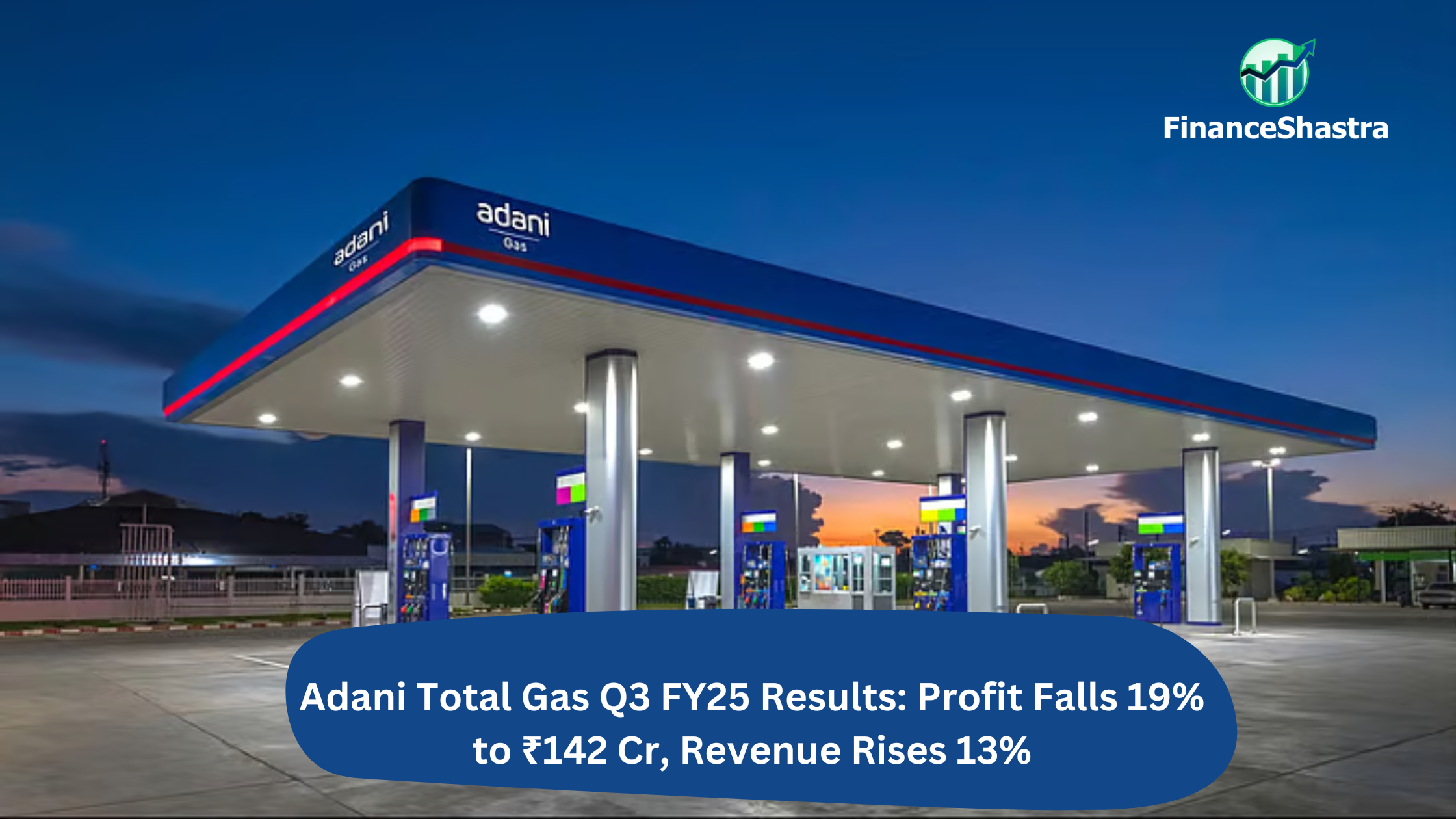ONGC Share Price Target 2025: PSU Stock Falls 8% as Crude Oil Prices Dip — Buy or Sell Now?
Business and Industry Overview:
Oil and Natural Gas Corporation (ONGC) is a government-owned company. It is the biggest oil and gas company in India. It was started in the year 1956. ONGC produces around 71% of India’s oil and gas. This means most of the oil and gas used in India comes from ONGC.
The oil that ONGC brings out from the ground is called crude oil. Crude oil cannot be used directly. It is sent to other companies like IOC, BPCL, HPCL, and MRPL. These companies change crude oil into useful things like petrol, diesel, LPG (cooking gas), kerosene, and naphtha. HPCL and MRPL are not just customers—they are also subsidiaries of ONGC, which means they are owned by ONGC.
ONGC is a special company because it can do all the work by itself. It can find oil, drill oil, bring it out, and provide services for oil fields. It does not depend on other companies. ONGC works in very hard places like the deep seas and deserts. Still, its team of about 26,000 workers works day and night. That is why ONGC won the Best Employer award.
ONGC also has a company called ONGC Videsh Limited (OVL). This company works outside India. It looks for oil and gas in other countries. OVL is working in 15 countries and runs 35 oil and gas projects. OVL gives about 30.3% of the oil and 23.7% of the oil and gas that India uses. This makes OVL the second-largest oil company in India, after ONGC.
Another company owned by ONGC is MRPL – Mangalore Refinery and Petrochemicals Limited. MRPL is a big oil refinery. It can clean and process 15 million metric tons of oil every year. MRPL can handle many types of crude oil. It makes many fuel products. MRPL and ONGC also run another unit called OMPL, which makes para xylene and benzene, two important chemicals.
ONGC also owns HPCL – Hindustan Petroleum Corporation Limited. HPCL is a very big company too. It has the second-largest oil pipeline network in India. It has more than 3,370 km of pipelines. HPCL has 14 zonal offices, 133 regional offices, and many fuel stations, LPG plants, aviation fuel stations, and shops that sell oil and gas products. HPCL has a team of over 9,500 employees working across the country.
In the year 2022–23, ONGC earned about 77.5 billion US dollars in revenue. It is one of the most important companies in India’s energy sector. It helps the country get oil and gas and reduces the need to buy from other countries. ONGC plays a big role in India’s economy and energy security.
Latest Stock News:
At the start of the week, oil prices dropped sharply. This happened because Saudi Arabia cut the price of its main crude oil by the biggest amount in over two years. There is also a trade war going on, which brings fears of a global recession and weaker demand for oil. Saudi Aramco, the state oil company, reduced the price of Arab Light crude by $2.3 per barrel for buyers in Asia. This came soon after the OPEC+ group announced that it would increase oil production more than expected. In the US, leaders said that there is no danger of inflation or recession, even after putting tariffs on all imported goods. But China, the biggest oil buyer, announced tariffs in return. These trade tensions are making oil prices even more unstable. Crude oil prices have dropped fast because of these tariffs and the OPEC+ production hike. President Trump asked OPEC+ to cut oil prices. He wants to reduce inflation and put pressure on Russia to help end the Ukraine war. These global events have affected ONGC badly. As of April 7, 2025, ONGC’s share price fell over 6% and closed at ₹210.96. During the day, it even hit a 52-week low of ₹205.00. In the last 3 months, the stock has dropped by around 18.9%. When oil prices fall, it is bad for companies like ONGC and Oil India. Their profits go down because the price they get for crude oil falls. But the products made from oil (like petrol and diesel) don’t fall in price as quickly. So, refineries that bought oil earlier at high prices may face inventory losses. Meanwhile, other global oil companies are seeing mixed results. Exxon Mobil expects a $900 million profit boost because oil and gas prices were higher earlier. But Shell had to cut its gas production forecast due to bad weather and maintenance issues. This shows that the global oil market is unstable. Prices, demand, and production are all changing quickly. Investors should keep watching ONGC’s performance and compare it with the global oil and gas trends.
Potentials:
ONGC, which is India’s biggest oil and gas company, is now making a big shift towards clean energy. The company has decided to invest a very large amount of money — around $11.5 billion (₹1 lakh crore) — in renewable energy by the year 2030. This is 100 times more than what it is spending in the current year. The aim is to reduce pollution and produce cleaner energy for the country. Right now, ONGC has only 193 megawatts (MW) of solar and wind energy. But by 2030, it wants to build a total of 10,000 megawatts (10 gigawatts) of clean energy capacity. This includes energy from the sun (solar), wind, water (hydro), and even compressed biogas, green ammonia, and green hydrogen, which are all environment-friendly energy sources.
To move faster, ONGC has already started work to build 1,000 MW (1 gigawatt) of solar and wind projects. The company is also planning to buy other clean energy businesses to increase its renewable power quickly. In November 2024, ONGC joined hands with NTPC, another major government company in power, to create a new joint venture (JV). This JV will combine the clean energy units of both companies and work together on big projects. The JV is also planning to buy Ayana Renewable Power, a company that owns solar and wind plants worth $2.3 billion, which will give ONGC a big push in the green energy space.
ONGC’s Finance Director said that India needs more energy, and not just from oil and gas. That is why it makes sense for ONGC to grow in the clean energy sector. While many global oil companies are cutting down on green energy investments, ONGC is doing the opposite. It is investing more to support India’s energy needs more cleanly. This is not just good for the environment but also a smart move for ONGC’s future growth.
Analyst Insights:
- Market capitalisation: ₹ 2,72,049 Cr.
- Current Price: ₹ 216
- 52-Week High/Low: ₹ 345 / 209
- P/E Ratio: 6.84
- Dividend Yield: 5.66%
- Return on Capital Employed (ROCE): 18.4%
- Return on Equity (ROE): 16.3%
ONGC is a strong company. It is very important for India’s energy needs. It gives about 71% of India’s crude oil and 72% of its natural gas. This shows it is a leader in the industry. The company is making a good profit. In Q3 FY24, it made a profit of ₹9,869 crore. This means it is working well even when oil prices change. Its Return on Equity (ROE) is 16.3% and Return on Capital Employed (ROCE) is 18.4%. This means the company uses money well and earns good profit.
The stock is cheap when compared to others. Its Price-to-Earnings (PE) ratio is 6.84, which is lower than the industry average of 12.71. This shows the stock is undervalued. The Price-to-Book ratio is below 1, and the stock price is lower than its book value of ₹280. This gives safety to investors. ONGC also gives a high dividend yield of 5.66%, which means good extra income. The company has big reserves of ₹2,93,502 crore and no promoter pledging. It also has positive cash flows. This makes the company safe and strong. Even when oil prices fall, ONGC makes a profit and gives dividends. So, it is good for long-term investors. It is a buy.

